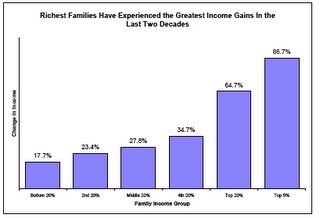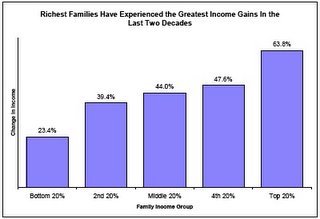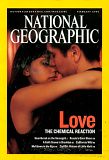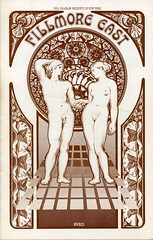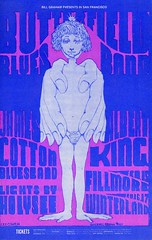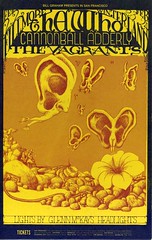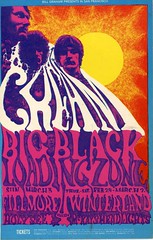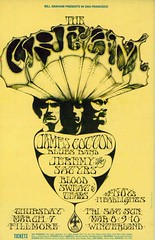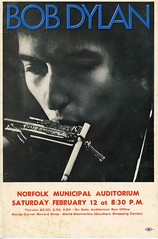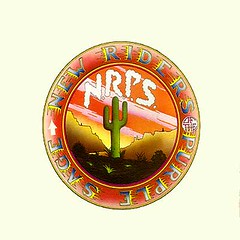
Saturday night before last, in between trips to Virginia to assist with mother's various visits to the hospital, I spent the evening with the NRPS, the
New Riders of the Purple Sage, the premier psychedelic cowboy band. It was a nice break, which I needed.
I heard the band this time at my favorite Charlotte venue, the
Neighborhood Theatre. Last time it was Saturday afternoon, April 24th, 1971. They opened the music for Joe College Weekend at Duke University, playing on a low stage in the middle of the football field. I had drived down from Virginia were I was in my second year teaching junior high school. NRPS was following by The Grateful Dead, The Paul Butterfield Blues Band, The Beach Boys, and sometime past 11:00 PM, Mountain. I was there for it all, sitting in the grass on the first row. This was about the time of the release their first album, long before
Panama Red came to town. Of course last week's version of the New Riders has almost a completely new lineup.
NRPS started as a coffeehouse side project of Jerry Garcia and a buddy, John (Marmaduke) Dawson. Jerry wanted to learn peddle steel and John wrote many of the songs they first played. Jerry and John recruited other musicians as the spirit moved and started to pick up a following. They were soon joined by David Nelson, who once was considered a GD replacement for the very young - and a times struggling - Bob Wier. The trio formed the core of the NRPS and soon they were opening for the Dead.
As Jerry's side project began to cut into his main gig, Buddy Cage, an experienced peddle steel player was brought in. Dave Torbert claimed the bass spot from first Robert Hunter and then Phil Lesh. Spencer Dryden from the Jefferson Airplane took over the drum kit from Mickey Hart. The group's biggest hit, Panama Red, came in 1973. The lineup has been changing ever since.
Nelson and Cage anchor the band today. Nelson has moved to Mexico but he has played off and on as his heath has permitted. Jerry, Spencer, and Dave are, well, someplace else. But that Saturday night their music remained strong.
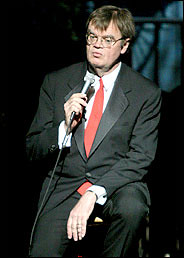 The closest we have to Mark Twain today is Garrison Keillor. I first heard his A Prairie Home Companion in the summer of '83 and have been a regular listener ever since. I've laughed. I've cried. The music has been pretty good too.
The closest we have to Mark Twain today is Garrison Keillor. I first heard his A Prairie Home Companion in the summer of '83 and have been a regular listener ever since. I've laughed. I've cried. The music has been pretty good too.